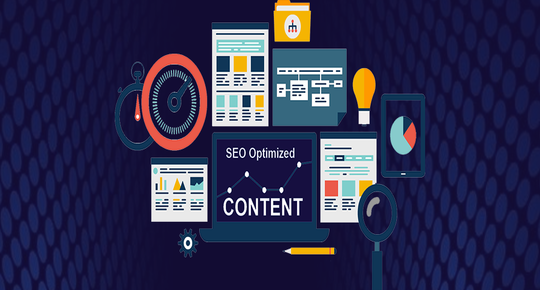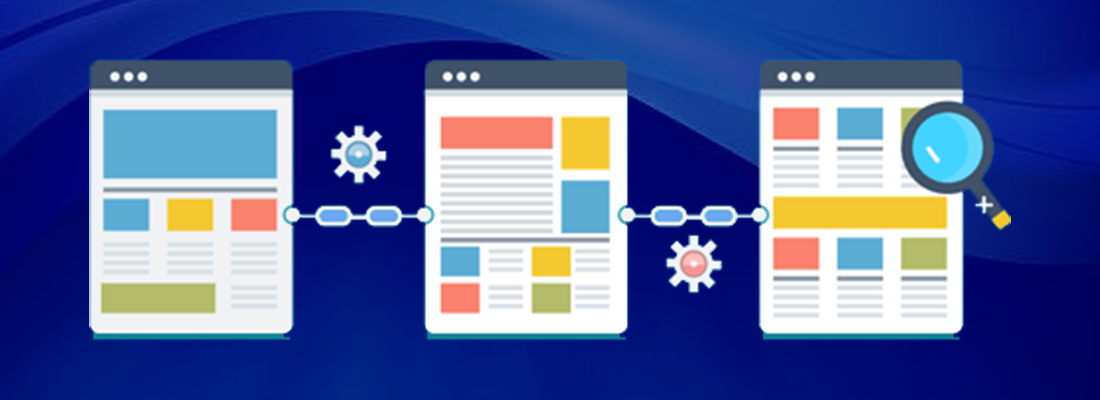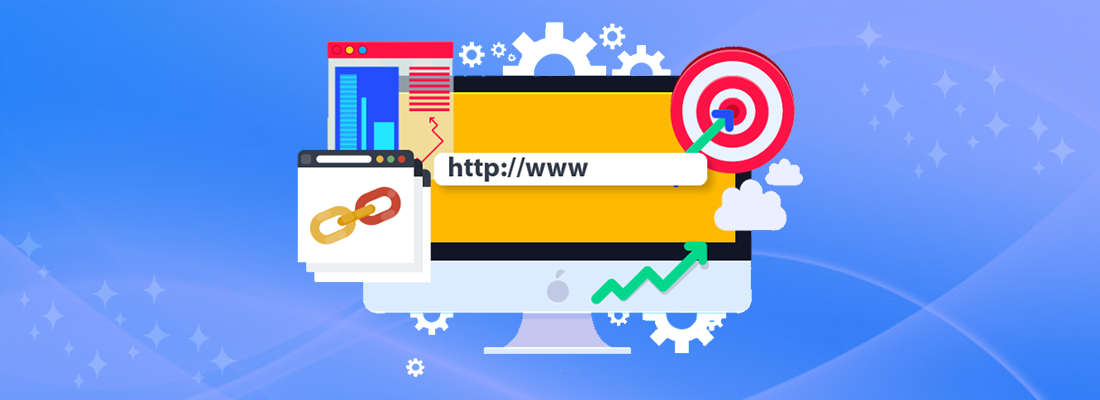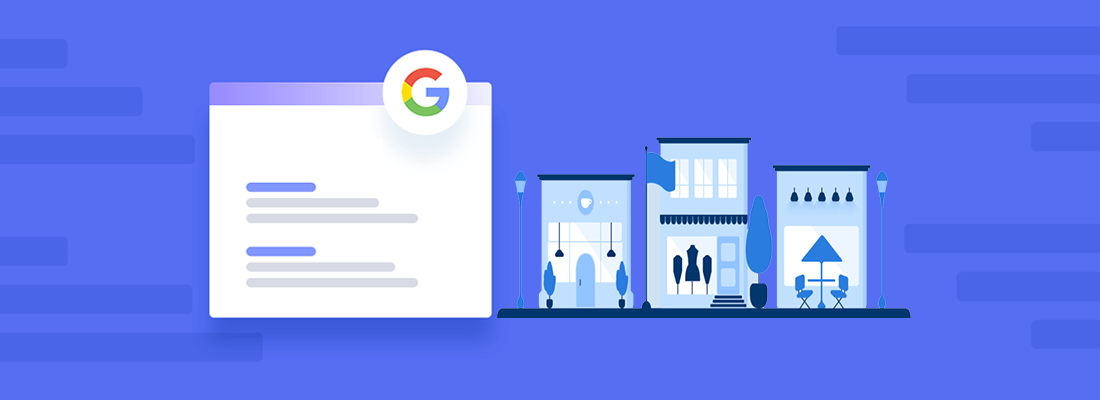
Posted On : 21 August 2020
When we talk about SEO, On-Page SEO is a very prominent term. As a practice of optimizing webpages, on-page SEO stands as an essential practice for sites to rank higher and get more traffic through search engines. Therefore, if you have an online business, you need to incorporate on-page SEO strategies on your site, so you can make an impact online.
Don’t know how to do it? This blog is here to help. In this guide, we will evaluate the basics of on-page SEO that you need to know for ranking better. Let’s dive right into it.
Content Optimization
Many seem to believe that incorporation of the right keywords in the content is the correct strategy to optimize it. However, this is a hollow lie. While keywords are essential as part of the content strategy, content optimization is necessary to understand how users’ intent can be fulfilled. It can be challenging for content marketers to identify what needs to be optimized and how. Therefore, SEO services tend to leverage tools such as Google Search Console for monitoring the search rankings and taking appropriate steps.
More on Content Optimization.
Title Optimization
Title Tags are HTML elements that highlight the title of a webpage. These clickable headlines are essential to attract the audience even before they have read the content because they are the first thing users see on the search results. Here are some of the ways by which you can optimize title tags:
- Keep them within 60 – 70 characters
- Make them unique with clarity, so users can be intrigued to click them
- Use the best keywords relevant to the page
- Incorporate your brand’s name to add credibility
Meta Description Optimization
Also known as a meta description attribute, these are the HTML elements used for describing and summarizing the content of a webpage for the ease of the users. These descriptions appear as text snippets under the headline. They serve as “organic ad text” and can impact the click-through-rate of a page. In optimizing meta descriptions, you should remember to:
Here are some more exciting benefits of SEO:
- Use adequate and well-researched keywords
- Show what the content has to offer
- Make them compelling and beneficial
- Keep the length up to 160 characters or less
Heading Optimization
While header tags are simply the headings found in the content, they are still relevant to improve the visibility of a webpage across the search engine. Most common header tags include H1, H2, and H3. You can incorporate the following strategies to optimize the headings:
On the other hand, PPC involves placing sponsored advertisements on search results. You can decide to create your own ads, use targeted keywords, and employ creativity in any way you want. However, both SEO and PPC are concerned with generating traffic to your site and ensuring more people can reach out to your business.
- Have one H1 tag only, so Google can identify it appropriately
- Use keywords across the headings, so they can be picked by the search engine
- Break up the text in the content using appropriate headings
- Use same title case format and structure across all the tags
Body Content Optimization
The content is the most essential part of any SEO strategy. Whether you want to increase the ROI of your existing content or increase the conversation rate, you can rely on the content to fulfill these goals. Here’s what you can do:
- Identify relevant keywords and the intent of your target audience
- Align your title, meta descriptions, and headings with the content
- Incorporate infographics, pictures, videos, reviews, and other amenities
- Focus on the readability and attractiveness of the content
Linking

Link Building is central to on-page SEO. In its essence, link building is a way of getting links back to the website. Links serve as signals to Google that your site is a credible and high-quality source. This is because search engines utilize the links to crawl the web. Here are some basic terms for on-page SEO.
Internal Links
These links are connected from an individual to the whole domain. They are mostly used for navigation by the users. Internal links are also useful for establishing the hierarchy of the site, as well as increasing its ranking power.
External Links
These are the hyperlinks that link one domain with another domain. In this way, linking out to another site constitutes the implementation of external links. External links are also concerned with increasing the link equity and credibility of a site.
Anchor Text
Anchor text refers to the visible text appearing in a hyperlink. This text is usually distinguishable as a clickable, underlined, and blue text. It is crucial that this text is relevant to the target page, so users can identify where they are heading.
Favicons
A critical update that has come to the attention of SEO services services is the addition of favicons next to the Google listings. Favicons are basically shortcut URL, site, or tab icons, specially designed to brand the website. The main objective of a favicon is to support the users in locating a site they recognize and differentiating organic results from paid ads.
According to Google guidelines, the favicon file should be crawlable by the search engine, together with the homepage. It should visually represent the site and be a multiple of 48 px square. Google has also cleared that it will not show a favicon if it appears inappropriate, for example, due to pornography. It is suggested that brands keep their favicons consistent, unique, and clickable.
SEO-Friendly URL Structure

If you want to build a performing site hierarchy, you need to consider the structure of your URLs, as they are the first things that customers and Google notice about a site. One way to optimize the URL is to use the right keywords. For example, if you offer SEO services in Singapore, you can include “SEO agency Singapore” in your URL.
In creating your URL, you should also avoid superfluous words, such as prepositions or conjunctions. While this can be hard, you should also make use that the dynamic URL strings are not that much used in the URL, as it can make them very confusing and misleading.
Broken Links
Broken links are all those links where customers are unable to find any content because of a 404 error page. Believe it or not, broken links can ward off potential traffic and customers. When a user visits a broken link, they won’t be interested in exploring the other pages on your site, because they might lose interest in the site.
In this way, broken links can also decrease your revenue, bounce rates, and Google rankings. Therefore, it is always best to identify the broken links and fix them. You should monitor your site by analyzing the traffic you are getting, together with the bounce rates.
Site Structure
The site structure describes how content on a particular site is organized. A website may contain various pages and types of content. It is important to organize them in an appropriate manner, so customers can have a productive and easeful user journey on your site. This becomes more crucial if your site is growing, such as by adding more blog posts or product pages.
With an appropriate site structure, Google will be able to crawl it appropriately. You can do so by removing the clutter that is no longer needed, for example, products that you are not selling anymore. You should evaluate how everything is organized, grouping them according to their features. Improvements in internal linking also impact the site structure positively.
Importance Of Site Structure And Internal Linking
Duplicate Content
In optimizing your content, one thing that must be remembered is the duplication. If the content on your website is available at another place on the internet, Google will recognize it as duplicated content and decrease your site’s ranking. Duplicated content is a significant issue because search engines don’t know which version or site having the content should be ranked higher.
Therefore, website owners are encouraged to come up with original and unique content for publishing on their site. In doing so, they can prevent their rankings from going down. In removing duplication, URL parameters should also be optimized.
XML Sitemap
To describe it simply, an XML sitemap basically outlines all the URLs found on your site. It acts as a list telling search engines where they can find specific content on your site. An XML sitemap is particularly helpful for search engine crawlers to make their way through sites that continuously add new pages or already have a lot of content.
For instance, if you provide services under the banner of SEO Singapore, you might have many blog posts. In this manner, a sitemap can ease the structure of your website and help crawlers connect the user’s searches with your content.
Robots.txt
Robots.txt is just simple files that tell where a particular search engine can go and cannot go. Most sites use these files in order to hide the content that they don’t want to pop up on the search engines. Site owners can establish custom instructions for each file, preventing the user-agents of search engines from visiting a particular page or section on the web.
You can use these files to hide duplicated content found on the site. Sites that have many pages can slow down the search engine crawlers from crawling the website. This is why robots.txt file can put away some pages and prevent any negative impacts on your site’s ranking. Learn how to optimize robots.txt here - SEO & ROBOTS.TXT: A DEEP DIVE TO UNDERSTAND THE TECHNICAL CHALLENGES
Meta Robot Tags
Also known as Robots meta directives, robot tags are basically pieces of instructions that can be used by the crawlers to index a particular web page content. These directives include meta robots tag that is concerned with the HTML pages and x-robots-tag that focus on HTTP headers.
These tags are relevant when any URL is crawled. You can use these directives to restrict crawling, as a security mechanism. You should keep the length and format of these tags appropriate for better results.
HTTP vs HTTPS
The full form of HTTP is HyperText Transfer Protocol which is quite different from HTTPS, an acronym for HyperText Transfer Protocol Secure. HTTPS is basically encrypted but serves the same purpose as HTTPS, protecting the communication occurring between a server and browser from being revealed to third parties.
Since Google is concerned about the user experience, it makes sure that users are interacting with safe and secure sites. Especially if you have a business that takes personal information of customers, it is always feasible to optimize your web pages as HTTPS.
More about HTTP vs HTTPS and Website Security: Difference between HTTP, HTTPS and HSTS Support and their affect on SEO
Page Speed
Imagine searching for “ SEO company Singapore”, and the site you click on is unable to load for the past five minutes. Your initial instinct will be to close the site and go to another one. The same is true for other users. Page speed is an essential on-page SEO factor that impacts user’s experience, as well as Google’s decision to rank your site.
Google ensures that the sites appearing on the search results have good loading speed. To make sure your website also has an optimum speed, you can use PageSpeed Insights to identify the performance of your site.
Your hosting plan may also affect the pages speed.
Mobile Friendliness

As mobile users are increasing across the globe, it has become imperative that your site can be accessed from a smartphone as well, without any hindrance. Google also evaluates the performance of websites based on their mobile-friendliness. What makes a site mobile-friendly is the ability of a user to view its content on a small screen.
Thus, you need to ensure that your site is optimized for viewership through mobile phones. You need to organize the sections of your website according to the patterns that support mobile phones. Page speed, the responsiveness of the theme, and engagement should be considered as well.
Image Optimization
Images form an essential part of the content, interacting with customers and convincing them to buy your products or services. Image optimization, in this regard, can help you to reduce the file size without any transitions to the quality, so your page loading time and speed can be appropriate.
In doing so, it is critical that you are using imagine sitemap, together with the right alt attributes. Your images should have descriptive names or captions as well in plain language, so bots that don’t understand images in the proper manner can make sense of them.
Schema Markup

Most SEO service providers will tell you that schema markup is critical to standing out from your competitors. Schema markup is basically microdata that can be used to create rich snippets or descriptions that can be found across the search results.
Schema markups are essential to help the search engines and bots in interpreting the context of a query. Without a schema markup, a site can look ambiguous, which makes it ever so imperative for SEO.
In The End
It’s time to optimize your site as well. On-page SEO is a prospective method for increasing your conversation rates and making it to the top on the search engine results. We hope that this blog will set you on the right path in formulating your very own SEO strategy.
